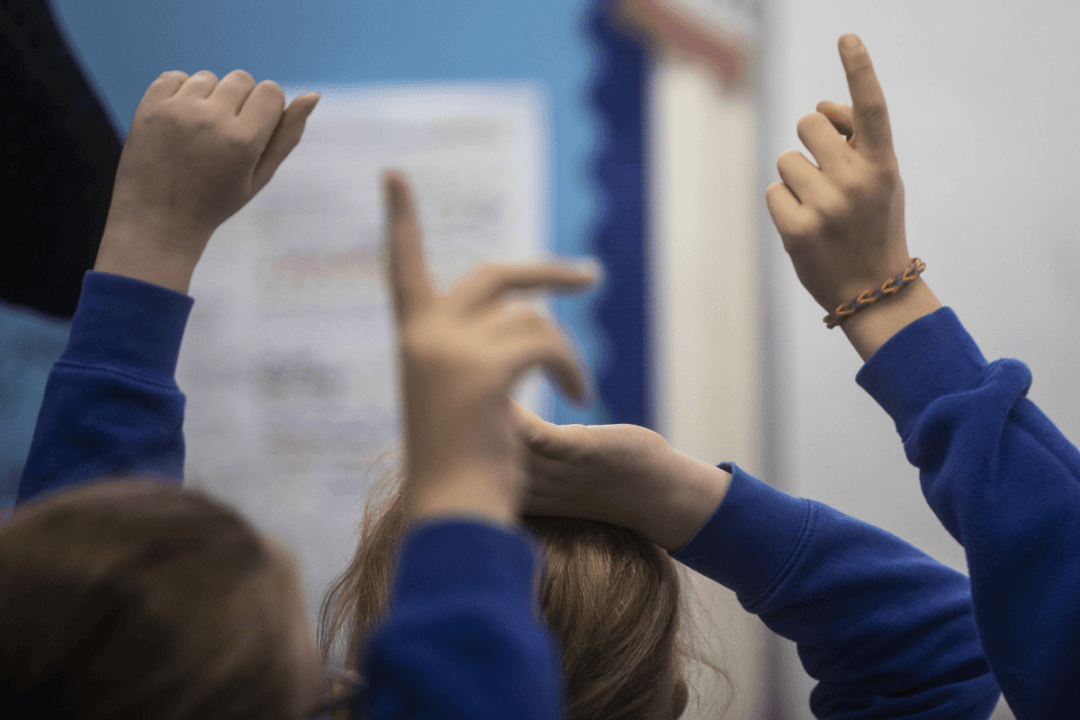The Sept. 4 stabbing rampage that left 10 dead and 18 injured has devastated the James Smith Cree Nation and surrounding communities in central Saskatchewan, as residents struggle to come to terms with the shock of the violence and the loss of so many loved ones.
“In a community that size ... everybody knows one or maybe all of the people who were killed,” Ken Coates, a professor and Canada Research Chair at the University of Saskatchewan who specializes in indigenous issues, told The Epoch Times.
“It’s family members and friends and everything else.”
Calling the incident “an unspeakable tragedy,” Coates said it happened in a community that in many respects is a national leader.
“What’s really important to remember about James Smith Cree Nation is this is one of the most resilient, persistent, entrepreneurial, and innovative indigenous communities in the country,” he said.
He notes that the community has been a leader in band-controlled education and was instrumental in setting up the first private MRI (magnetic resonance imaging) in Saskatchewan.
“They’re entrepreneurial, they’re creative, they want to track an independent line. … This is a community that’s exemplary in many respects.”
Brothers Damien and Myles Sanderson are suspected to be responsible for the mass stabbing spree. Police found the body of Damien Sanderson with visible injuries in a grassy area on the James Smith Cree Nation on Sept. 5. According to the police, the injuries were not self-inflicted.
Granted Parole
Parole documents indicate Myles Sanderson has dozens of criminal offences in his past, including violence, and he’s been considered unlawfully at large since May. In August 2021, Sanderson got out on statutory release after a sentence of more than four years for offences that included assault, assault with a weapon, assaulting a police officer, and uttering death threats.
The documents describe a history of violence.
“In July 2017, you attended to your ex-girlfriends home,” says a copy of the most recent parole board decision on Sanderson. “She was socializing with friends when you barged in, acted in a threatening manner, made comments about a gang and damaged property.” It says the children in the home were hidden in a bathroom, but Sanderson went upstairs and punched a hole in the bathroom door, scaring the children.
The documents describe other incidents as well.
“A few days later, you got into an argument with a First Nation band story employee, tried to fight the victim, and then threatened to murder him and burn down his parents’ house.”
And in April 2018, the decision says, “while drinking at a residence, you became angry and began attacking other people in the house. You assaulted two males inside the residence by stabbing them with a fork, and then went outside and attacked the male victim, who had been walking nearby. You beat him until he lost consciousness in a ditch.”
‘Destruction’
The Federation of Sovereign Indigenous Nations has appealed for anyone with information on Sanderson to come forward.“We beg of you to come forward,” said FSIN Chief Bobby Cameron in a statement. “Every time a new alert is broadcast across the provincial emergency alert system, the families and communities are holding their breaths for fear of new fatalities or injuries.”
In an earlier statement, Cameron alluded to the possibility of drugs being involved.
“This is the destruction we face when harmful illegal drugs invade our communities,” the statement said. “We demand all authorizes to take direction from the Chiefs and Councils and their membership to create safer and healthier communities for our people.”
First Nations around the province are offering condolences and whatever help they can.
Communities near James Smith Cree Nation are also offering condolences, including the nearby village of Weldon, where 78-year-old Wes Petterson was killed in the Sept. 4 rampage.
“The tragic events of this past weekend have shaken the community to the core,” said Mayor Ron Clayton in a statement provided to The Epoch Times. “We are thinking of all those who have lost a loved one and the many who are injured.”
The mayor of the nearby town of Kinistino also expressed the community’s shock.
“There are no words that are capable of adequately acknowledging the pain, suffering and loss,” Mayor Mark Powalinsky said in a statement provided to The Epoch Times.
Coates says the tragedy will affect the community for years, but he hopes people will see the bigger picture as well.
“My personal hope is that as we mourn with the community and struggle with them and stand with them, that we remember it is one of the most creative and resilient First Nations in the country,” he said.





